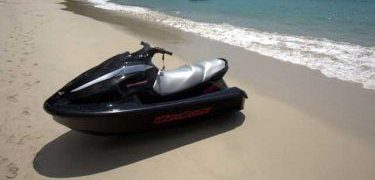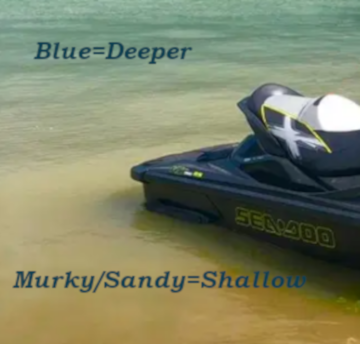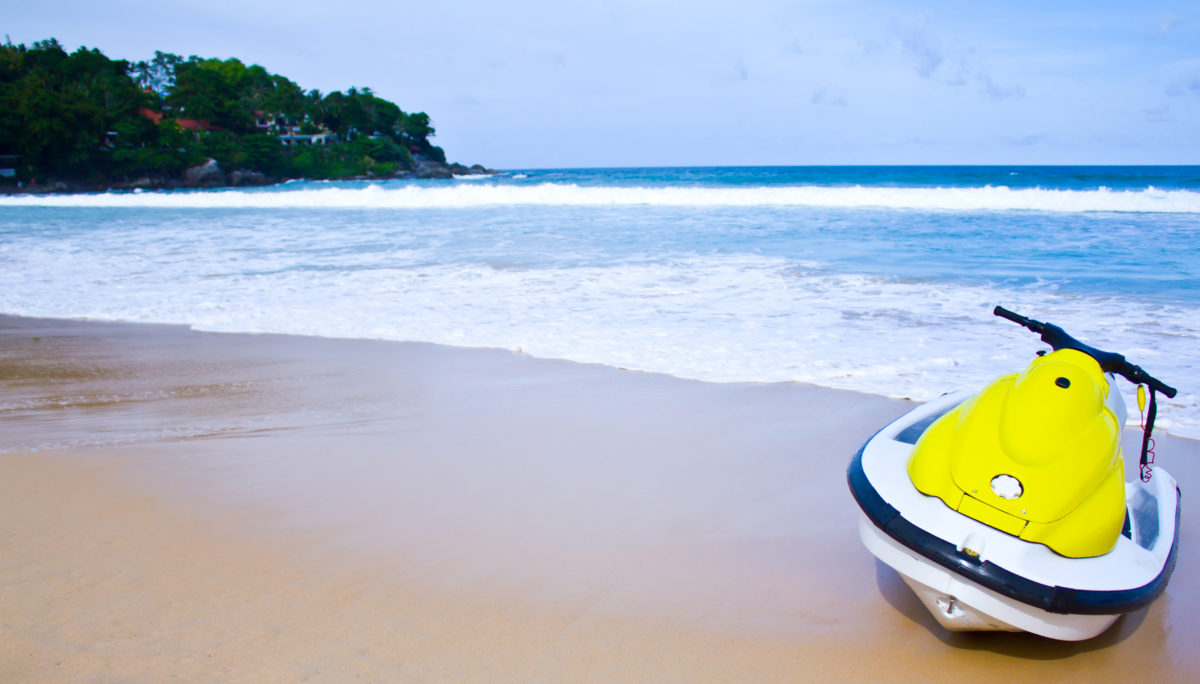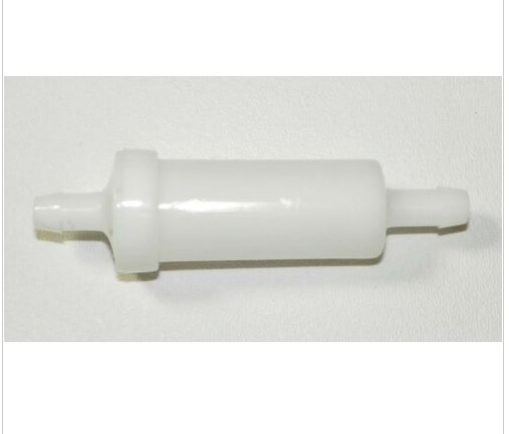
We have all seen it in the movies or as we are boating or walking along the beach…beached jet skis, half in the water and half on the sand. Visions of riding your ski around in the water and just running up onto the beach and hopping off for a rest before racing back out for some more water fun dance in your head.

DON’T DO IT!!!! Do not try beaching a jet ski by running it up onto the beach. Shallow water is not a jet ski’s friend. This is not to say you can’t push your ski up to a beach and anchor it to keep it from floating away, just don’t drag your hull through the sand or operate your ski close to the beach or in shallow water.
Manufacturers recommendations for jet ski operation range from 3 to 4 feet of water, and for good reason. (The Yamaha spec is 34″) Jet skis work by an axial jet pump propulsion system that sucks in water through a grate on the bottom of the ski and shoots the water out with great force. The strength of the pump will suck up rocks, sand and any other debris within it’s range.

The pump uses an impeller and wear ring to propel the water to move the ski. Sand, rocks and debris will damage the inside of the pump and the impeller, sometimes beyond repair, gouging the wear ring, denting the impeller, and in cases where the pump is really blocked, bending the shaft.
There are recommendations and rules of thumb:
(1) Jet skis can float or be pushed (while not running) in as little as 12 to 18 inches of water. Keep in mind that this is without the weight of a rider on the ski which will lower the hull in the water.
(2) While jet skis might be able to draft on plane in as little as 12 to 18 inches of water, it is not really recommended, and you definitely can’t idle or start your ski there.
(3) Manufacturers recommend 3-4 feet of water for starting a jet ski. The rule of thumb is to push your ski to waist deep water before jumping on and starting it.

Be aware of your depths, especially when when gassing up at a dock, starting your ski from shore or docking your ski. Water color and quality can be a gauge of depth, with blue water being deeper and murky or sandy water most times hiding a shallow bottom and debris.
Your jet ski will thank you for it.



